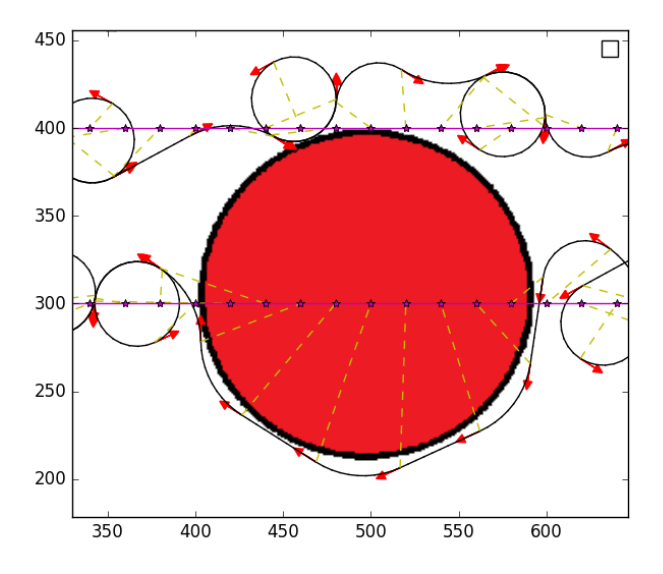Moving Baseline Localization for Multi-Vehicle Maritime Operations
Published in OCEANS 2017 MTS/IEEE Aberdeen, 2017
Recommended citation: Willners, J. S., Patron, P., & Pettilot, Y. R. (2017). Moving baseline localization for multi-vehicle maritime operations. OCEANS 2017 - Aberdeen, 2017-Octob, 1–6. https://doi.org/10.1109/OCEANSE.2017.8084652 https://ieeexplore.ieee.org/abstract/document/8084652
Development in autonomous systems in recent years have enabled an increase on multi-vehicle maritime operations. Air, surface and underwater vehicles are now able to cooperate to jointly accomplish the objectives of a shared mission plan. In multi-vehicle scenarios, knowing accurately the platforms position is of great importance. If the navigation error is not controlled, unexpected and undesirable events such as collisions, less reliable data or loss of platforms can occur. In environments where Global Positioning System (GPS) is denied, such as underwater, updating the global position for the platform is difficult and often requires taking specific actions which are not part of the original mission. In the underwater domain, this typically means getting a GPS fix on the surface. Breaching the surface is a time consuming and potentially dangerous or unfeasible task. In this paper a framework striving to reduce or even completely remove the need for an Autonomous Underwater Vehicle (AUV) to surface for GPS fix is described. The framework proposed is decentralized and opportunistic. It is based on a moving long-baseline with OneWay-Travel-Time (OWTT) for range measurements and provides the capability to synchronize clocks between different platforms.
#
